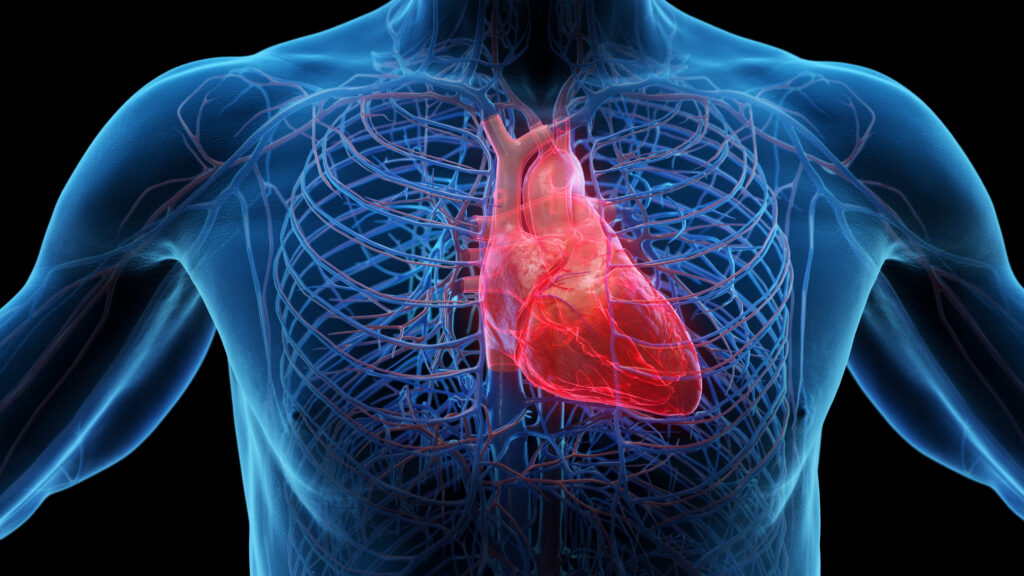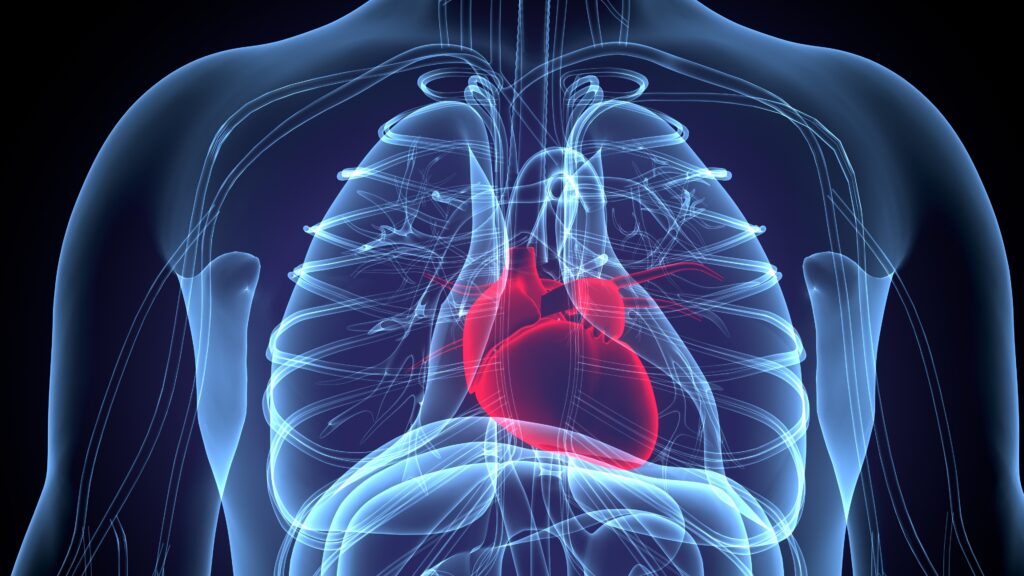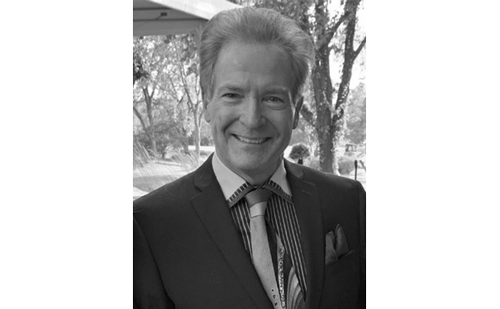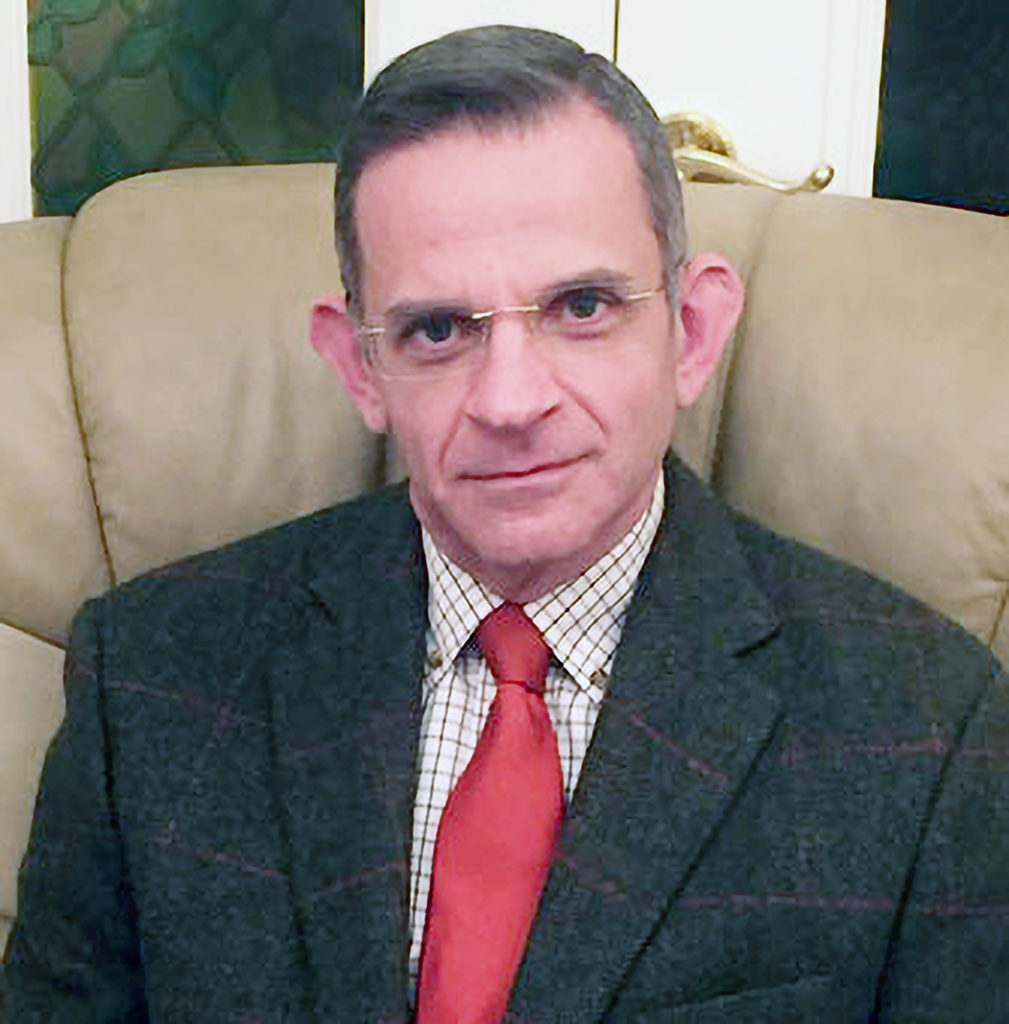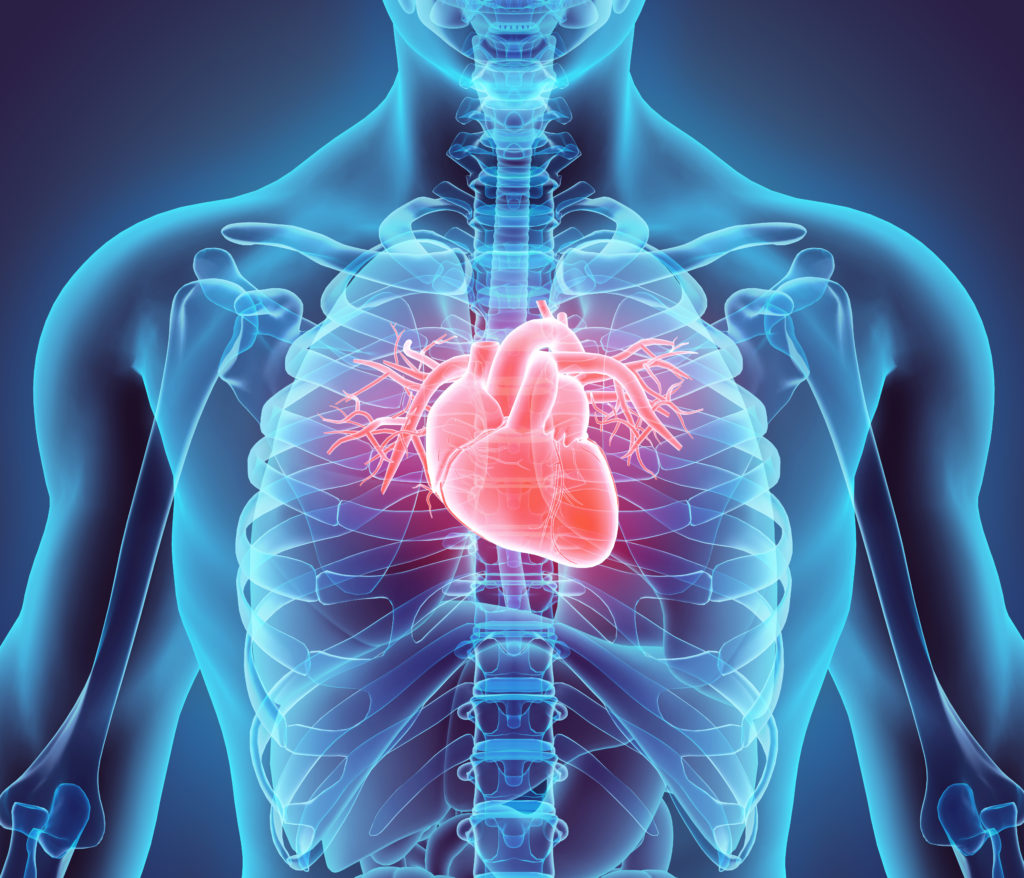Introduction: BHRS guidelines state an objective of device follow up is to monitor the device site for signs of infection. The COVID-19 pandemic changed our centres follow up practice where 2–6-week post implant checks were performed ‘remotely’ as a telephone consultation. To ensure the device site was monitored at this check we developed a process of wound surveillance with patients asked to send in a photo of their device site to coincide with their telephone appointment. We performed a retrospective audit to review this method of wound surveillance, to assess the process and look for areas of service improvement.
Method: All patients with a 2–6-week ‘remote’ post implant check were asked to send a photo of their device site to a secure email address, prior to their planned appointment. Where patients were not able to send a photo, a series of questions about the wound site were asked (see Figure 1). Wound concerns were referred to our specialist arrhythmia nurses for review. Reports between 15th June 2020 and 16th April 2021 were retrospectively reviewed and analysed for: • photo received status and whether the photo was attached to file • comments on the wound status • wound concerns requiring escalation. Notes and email communications were reviewed to determine outcomes of escalated concerns.
Results:
• 686 checks were performed ‘remotely’ at the 2–6-week post implant stage.
• 345 (50.3%) were pacemakers checks. 341 (49.7%) were ICD or CRT-P/D checks. • 398 (58%) patients were able to send a photo of their wound site.
• 288 (42%) were unable to send a photo and were asked a series of questions. • 47 patients (6.9% of all patients) were referred to our specialist nurses for review.
• 39 patients were from the photo received group (9.8% of all from the photo received group). • 17 (43.6%) required a hospital visit to inspect the wound. 22 (56.4%) received a call only and required no intervention.
• 8 patients were referred from the questions only group (2.8% of all from the questions only group).
• All 8 (100%) attended hospital for a face to face assessment.
• 11 patients in total (1.6%) required an intervention.
• 8 from the photo received group. 3 from the questions only group.
• 7 required a stitch to be trimmed or the site re-dressed
• 3 required a 7 day course of antibiotics
• 1 patient required a system explant
Conclusion: Wound photos can be used as a method of wound surveillance for patients undergoing ‘remote’ device follow up checks; however, many patients lack the ability or resource to send a photo. Where patients were not able to send a photo, a streamlined series of questions provided safe reassurance and monitoring of the wound. To justify the time needed to manage wound photos, strategies are required to increase patient participation. With low numbers of patients requiring interventions, a system of robust questioning with wound photos only when there are wound concerns, may be a better and more resource efficient method of wound monitoring.




